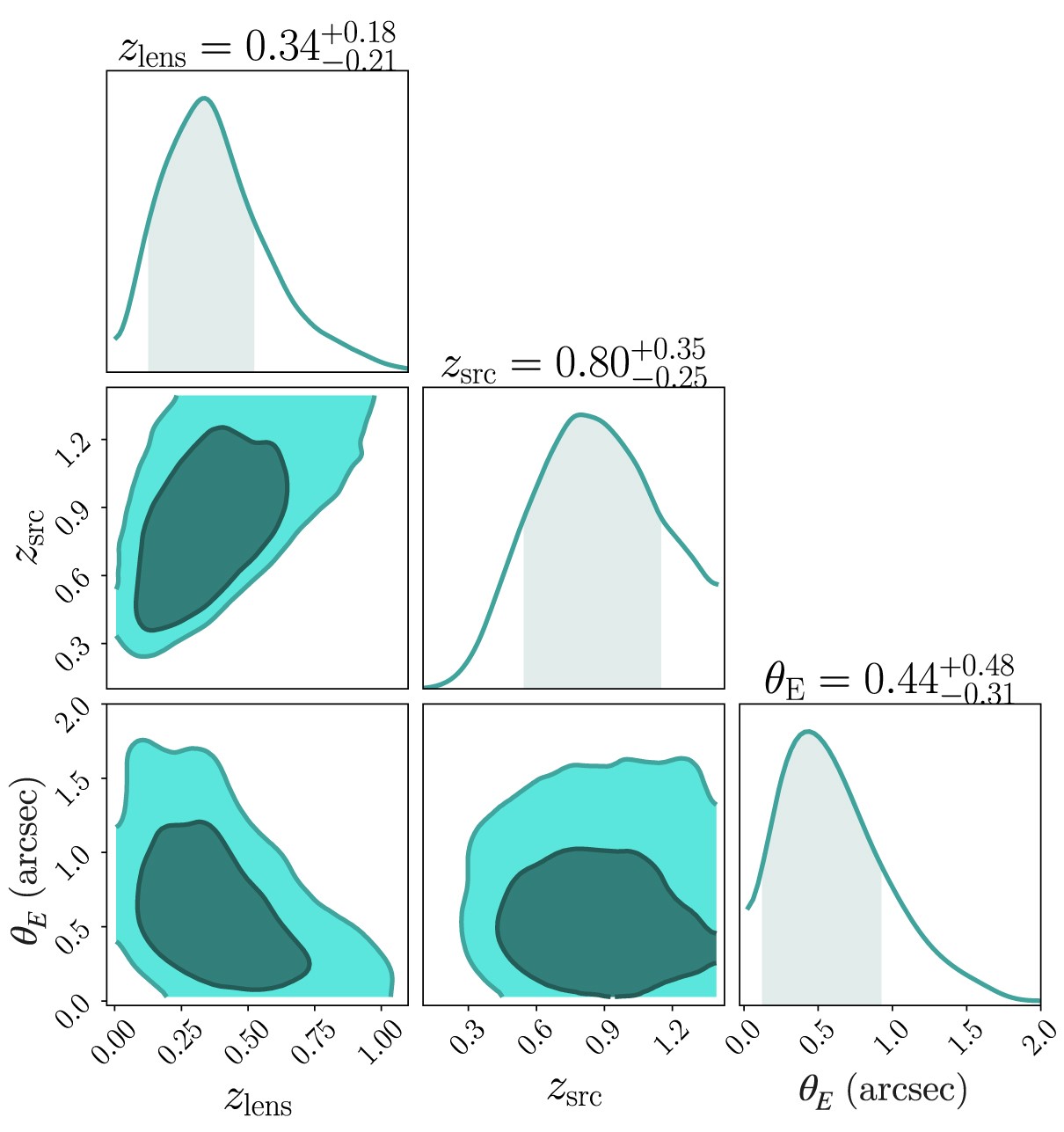Detecting strongly lensed type Ia supernovae with LSST
Abstract
Strongly lensed supernovae are rare and valuable probes of cosmology and astrophysics. Upcoming wide-field time-domain surveys, such as the Vera C. Rubin Observatory's Legacy Survey of Space and Time (LSST), are expected to discover an order-of-magnitude more lensed supernovae than have previously been observed. In this work, we investigate the cosmological prospects of lensed type Ia supernovae (SNIa) in LSST by quantifying the expected annual number of detections, the impact of stellar microlensing, follow-up feasibility, and how to best separate lensed and unlensed SNIa. We simulate SNIa lensed by galaxies, using the current LSST baseline v3.0 cadence, and find an expected number of 44 lensed SNIa detections per year. Microlensing effects by stars in the lensing galaxy are predicted to lower the lensed SNIa detections by ~8 per cent. The lensed events can be separated from the unlensed ones by jointly considering their colours and peak magnitudes. We define a 'gold sample' of ~10 lensed SNIa per year with time delay >10 d, >5 detections before light curve peak, and sufficiently bright (mi < 22.5 mag) for follow-up observations. In 3 yr of LSST operations, such a sample is expected to yield a 1.5 per cent measurement of the Hubble constant.
- Publication:
-
Monthly Notices of the Royal Astronomical Society
- Pub Date:
- July 2024
- DOI:
- 10.1093/mnras/stae1356
- arXiv:
- arXiv:2312.04621
- Bibcode:
- 2024MNRAS.531.3509A
- Keywords:
-
- Astrophysics - Cosmology and Nongalactic Astrophysics;
- Astrophysics - Astrophysics of Galaxies
- E-Print:
- Accepted for publication in MNRAS
